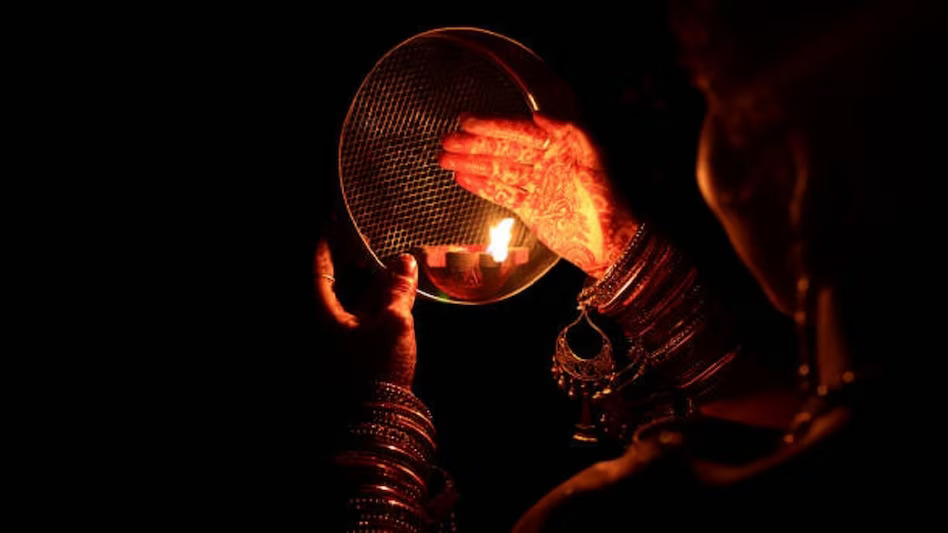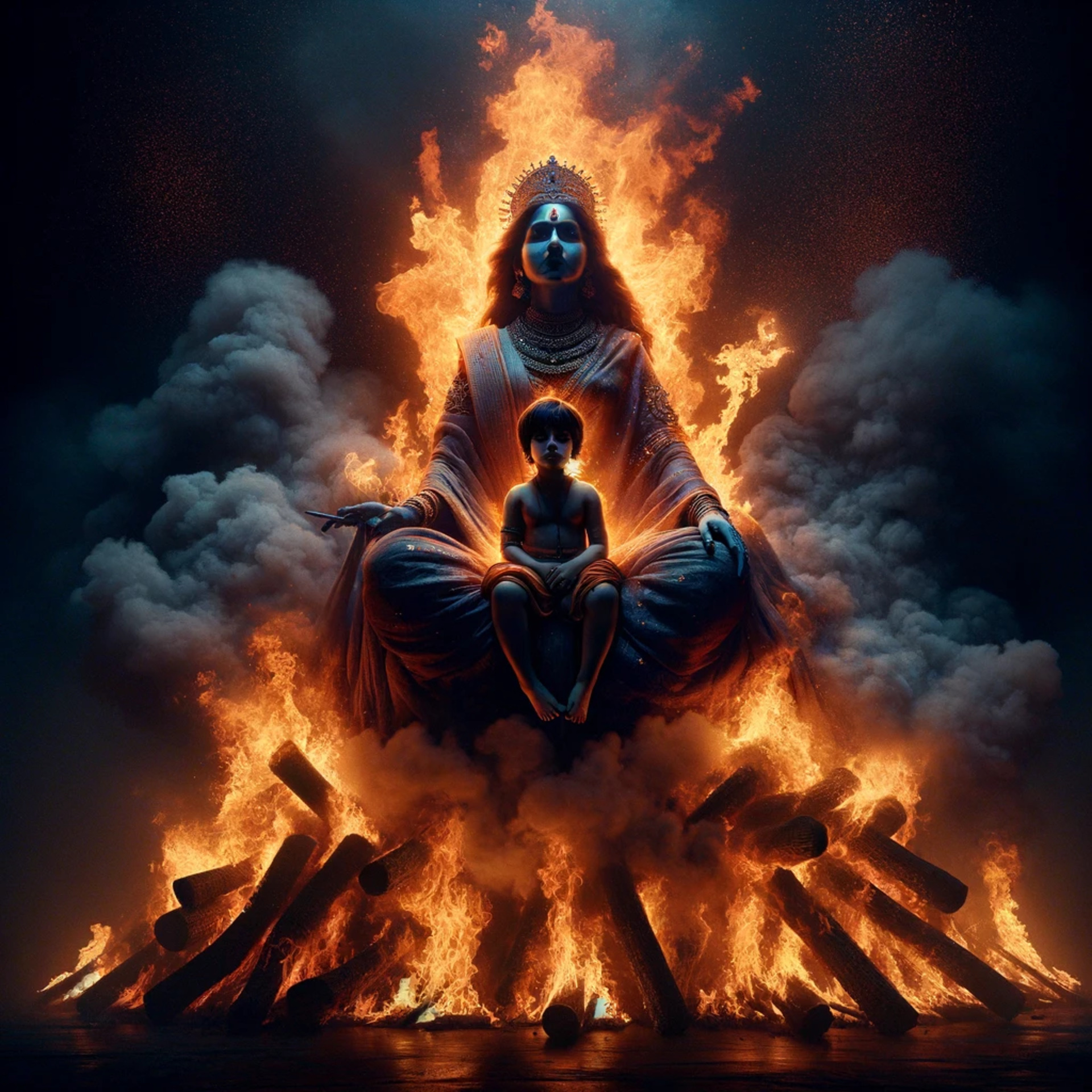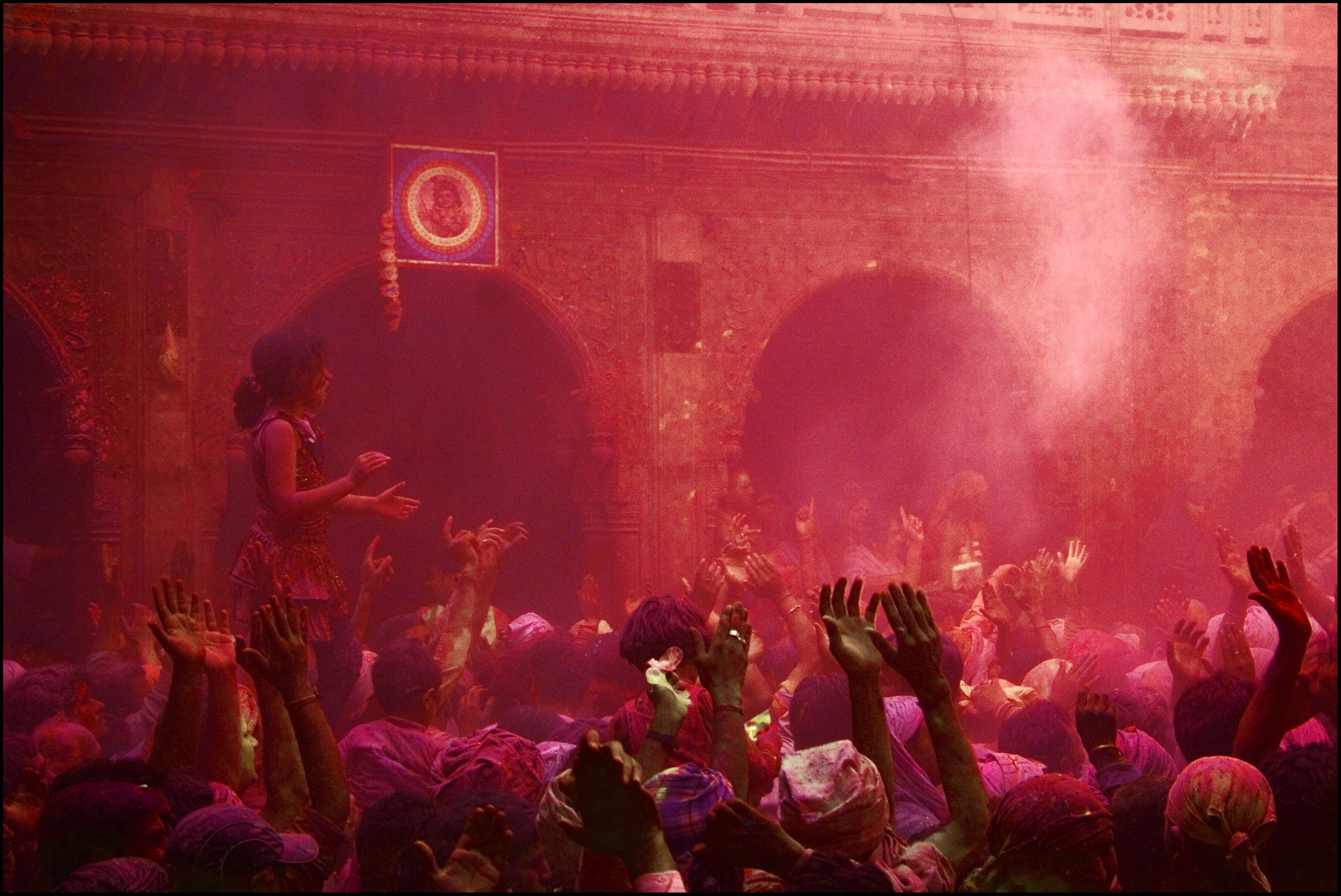Karva Chauth or Karwa Chauth, is a festival deeply rooted in Hindu tradition, is a remarkable celebration that symbolizes the love and devotion between a husband and wife. Primarily observed in Northern and Western India, this festival has gained nationwide attention, thanks in part to its portrayal in Bollywood films and its significance in the cultural fabric of the country.
This comprehensive guide aims to provide you with everything you need to know about Karva Chauth, from its rituals and legends to its modern-day interpretations. This article is brought to you by Temple Connect, your go-to platform for connecting with your spiritual self and exploring a wide range of religious practices and rituals.
Origin and Significance
Karva Chauth is celebrated on the same day across India, even though the name of the month might differ depending on where you are. The term “Karva” refers to a small clay pot filled with water, while “Chauth” means ‘fourth’ in Hindi. This signifies that the festival is celebrated on the fourth day of the dark half of the lunar month, also known as Krishna Paksha, in the Hindu month of Kartika.
In ancient Sanskrit texts, you’ll find the festival mentioned as Karaka Chaturthi. Here, “Karaka” stands for an earthen water pitcher and “Chaturthi” indicates the fourth day of the lunar Hindu month. So, whether you call it Karva Chauth or Karaka Chaturthi, the essence of the festival remains the same.
But if you’re in Gujarat, Maharashtra, or the southern states, the calendar there refers to it as Ashwin month. So, no matter where you’re celebrating, the essence of Karva Chauth remains the same—love and devotion between a husband and wife. The festival is believed to have originated as a prayer for the safe return of soldiers who went to war. Over time, it has evolved into a celebration that marks the end of the harvest season and serves as a day for women to pray for the well-being and longevity of their husbands.
Significance of Karva Chauth
Karva Chauth is a festival that transcends mere ritualistic practices to delve into the essence of marital bonds. Celebrated primarily by married Hindu women, the festival has a multi-faceted significance that encompasses spiritual, emotional, and even medicinal aspects. Below, we delve into the various dimensions that make Karva Chauth a festival of profound importance.

Spiritual Importance: A Path to Self-Realization
In Hinduism, the ultimate goal of life is often considered to be self-realization or the attainment of God. Fasting, or ‘Vrat’, is seen as a spiritual discipline that aids in this quest. By observing a fast, women are believed to purify their body and soul, thereby fostering a harmonious relationship between the two. The fast is a form of ‘Sadhana’ or spiritual practice that helps women connect with the divine, seeking blessings for their husband’s long life and well-being.
Emotional Significance: A Testament to Love and Commitment
Karva Chauth serves as an annual renewal of the vows between a husband and wife. The rigorous fast, kept from sunrise to moon-rise, is a symbolic representation of a wife’s love and commitment. It’s a day when husbands also take the time to show appreciation and love, often gifting their wives and breaking their fast with their own hands. This mutual exchange strengthens the emotional fabric of the marital relationship.
Social Importance: Strengthening Familial Bonds
The festival is not just a private affair between a husband and wife but involves the larger family. Preparations often begin days in advance and include shopping for clothes, jewelry, and puja items. The ‘Sargi’, a pre-dawn meal, is often prepared by the mother-in-law, symbolizing the affectionate relationship between her and the daughter-in-law. The festival, therefore, serves as an occasion to strengthen familial bonds.
Medicinal Benefits: Fasting for Health
According to Ayurveda, the ancient Indian system of medicine, fasting helps in detoxifying the body. The digestive system gets a break during the fast, aiding in the removal of toxic substances. The ‘Nirjala’ fast, where not even a drop of water is consumed, is particularly considered beneficial for the digestive system.
Cultural Impact: Beyond Geographical Boundaries
Thanks to its portrayal in Bollywood movies and popular media, Karva Chauth has transcended its North Indian roots to become a pan-Indian phenomenon. It’s a festival that has adapted to modern times, with some husbands also choosing to fast for their wives, making it a mutual celebration of marital fidelity.
How is Karva Chauth Celebrated?
Shopping and Sargi
The preparations for Karva Chauth often begin days in advance. Women shop for new clothes, jewelry, and cosmetics. A significant pre-festival ritual is the ‘Sargi,’ a pre-dawn meal prepared by the mother-in-law. It includes fruits, sweets, and other delicacies and is consumed before the fast begins.
Mehendi and Cosmetics
Applying mehendi (henna) on the hands and feet is a popular custom. The darker the mehendi, the more love and affection a woman is said to receive from her husband, according to popular belief.
Nirjala Fast
On the day of Karva Chauth, women observe a ‘Nirjala’ fast, meaning they abstain from consuming even a drop of water from sunrise until moonrise.
Puja and Group Gatherings
Women often gather in groups to perform the Karva Chauth ‘puja’ in the afternoon. They dress in fine clothing, often in shades of red, pink or other bridal colors, and adorn themselves with jewelry.
Puja Vidhi : The Ritualistic Observance
Sankalp
Sankalp is a pledge taken by women after their morning bath. The pledge is to observe the fast for the well-being of their family, without consuming any food or water until moonrise. The mantra chanted during Sankalp translates to, “I will observe the fast of Karak Chaturthi for the well-being of my husband, sons, and grandsons, and to gain fixed wealth.”
मम सुखसौभाग्य पुत्रपौत्रादि सुस्थिर श्री प्राप्तये करक चतुर्थी व्रतमहं करिष्ये।
Karwa Chauth Puja
When to Perform the Puja?
The best time for Karwa Chauth Puja is during the Sandhya time, which starts after sunset. Make sure to check the Puja timings based on your city.
Who to Worship?
The Puja focuses on Goddess Parvati, along with Lord Shiva, Lord Kartikeya, and Lord Ganesha. Goddess Gaura and Chauth Mata, who represent Goddess Parvati, are also worshipped. Karwa Chauth Puja is focused to seek blessing of Goddess Parvati. Women either draw Goddess Gaura and Chauth Mata on the wall or use Chauth Mata image on the printed Karwa Chauth Puja Calendar to worship Mata Parvati.
The Puja Mantra
नमः शिवायै शर्वाण्यै सौभाग्यं संतति शुभाम्।
प्रयच्छ भक्तियुक्तानां नारीणां हरवल्लभे॥
The mantra for the Puja translates to, “O beloved consort of Lord Shiva, please bestow a long life for the husband and beautiful sons to your women devotees.”
Donating the Karwa/Karva
What to Include?
The Karva should be filled with water or milk, and precious stones or coins should be dropped in it.
Who to Donate to?
The Karva should be donated to a Brahmin or a married woman (Suhagan).
The Donation Mantra
करकं क्षीरसम्पूर्णा तोयपूर्णमथापि वा। ददामि रत्नसंयुक्तं चिरञ्जीवतु मे पतिः॥
The mantra for this ritual translates to, “O milk-filled Karwa with precious stones; I donate you so that my husband lives long.”
Moon Worship
After the Puja, women wait for the moon to rise. They then worship the moon and break their fast after making offerings.
Vrat Katha
The Tale of Queen Veeravati
Queen Veeravati, the only sister of seven loving brothers, observed her first Karwa Chauth at her parents’ (Vedsharma and Leelavati) home, in the city of Indraprasthapur. She fasted from sunrise but became increasingly distressed as the day wore on due to hunger and thirst. Unable to see her suffering, her brothers created a mirror in a pipal tree to mimic the moonrise. Veeravati broke her fast, only to receive news of her husband’s death shortly after.
Distraught, she prayed for a year, and her devotion led a goddess Indrani, the wife of God Indra, to appear and guide her. When she observed the fast again with complete devotion, her husband was brought back to life.
The Legend of Mahabharata
In the Mahabharata, Draupadi too observed this fast. When the Pandavas faced hardships, Draupadi prayed to Bhagawan Krishna for guidance. Krishna advised her to observe the Karva Chauth fast, just as Goddess Parvati had done to win Maha Shiva’s affection. Draupadi followed the advice, and the Pandavas overcame their troubles.
The Story of Karva
Karva was an extremely devoted wife whose intense love and dedication gave her spiritual powers. When her husband was caught by a crocodile while bathing in a river, she bound the creature and saved him. Karva’s devotion was so powerful that even Yama, the God of Death, had to bow down to her wishes and grant her husband a long life.
Satyavan and Savitri
When Yama came to take her husband Satyavan’s life, Savitri begged for his life. Yama offered her any boon except for her husband’s life. Savitri cleverly asked for children from her husband, forcing Yama to restore Satyavan’s life, as she would not have children with anyone else.
Regional Variations
Punjab
In Punjab, the women’s mother sends a ‘Bayaa’ which consists of clothes, coconut, sweets, fruits and sindhoor for her daughter and gifts for the mother-in-law. Women gather to perform the puja and sing traditional songs.
Uttar Pradesh
Karva Chauth starts early as women wake up at dawn on the day of the festival to have a Sargi. In Uttar Pradesh, Sargi comprises of feni (vermicelli) which is dipped in sweet milk, a plate full of sweets and savories, coconut, dry fruits, fara (steamed lentil dumplings) and gifts such as traditional Indian wear and jewelry. The most important items of this gift are those which serve as markers of the marital status of a Hindu woman. These include toe rings, anklets, glass bangles, vermillion, bindi/tika and alta (red paint which is applied on feet). Women also apply mehendi (henna) on their hands.
After the prayers, there is an anxious wait for the moonrise. As soon as the moon is sighted women complete the rituals by offering prayers to the moon. In some places in Uttar Pradesh, they draw a face of the moon with rice paste on the ground and say prayers while offering kumkum (red pigment used by Hindus), rice, flowers and sweets. After this, they offer water through their karvas seven times while chanting prayers.
Modern Interpretations and Critiques
While the festival is a symbol of love and commitment, it has also been critiqued for perpetuating gender roles. However, modern interpretations have seen men also keeping fasts for their wives, indicating a shift towards equality.
Conclusion
Karva Chauth is not just a festival but a celebration of love, commitment, and the enduring strength of marital bonds. Whether you’re observing the fast or participating in the rituals, the festival offers a moment to pause and appreciate the blessings of a loving relationship.
To delve deeper into the spiritual and cultural aspects of Karwa Chauth and other significant Hindu festivals, visit Temple Connect for curated content, rituals, and community discussions. Your journey to spiritual enlightenment is just a click away.



